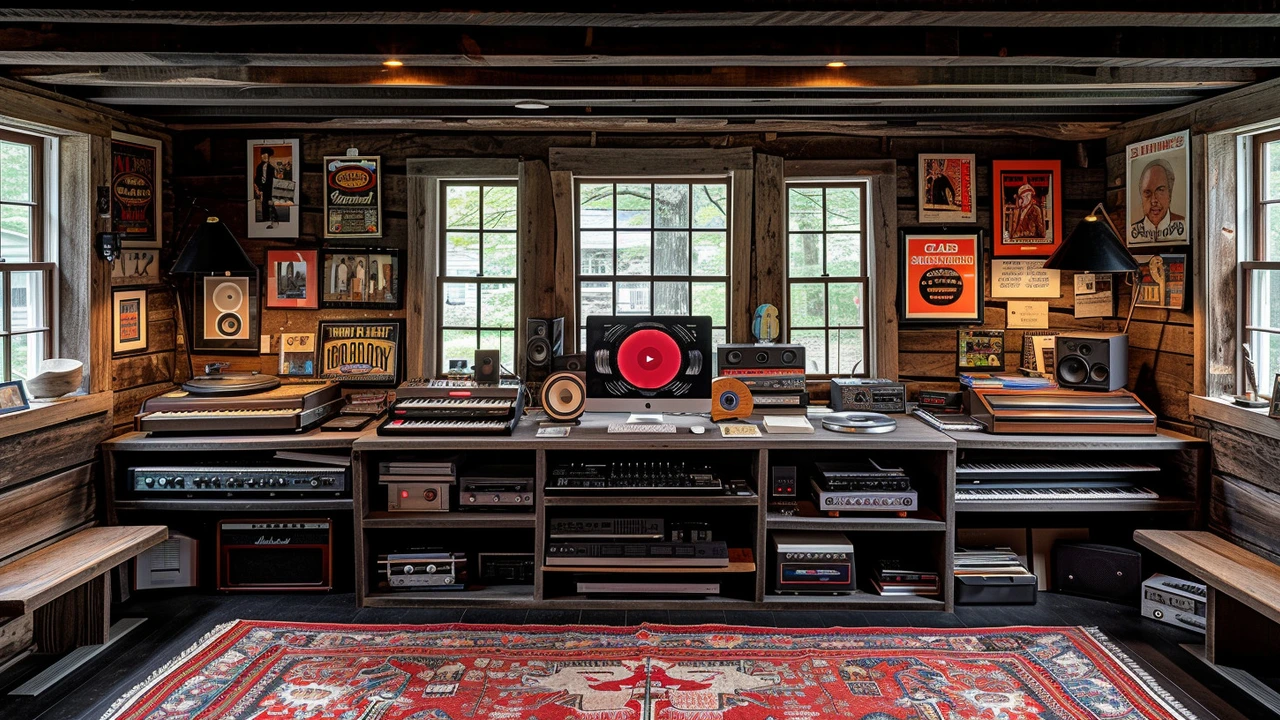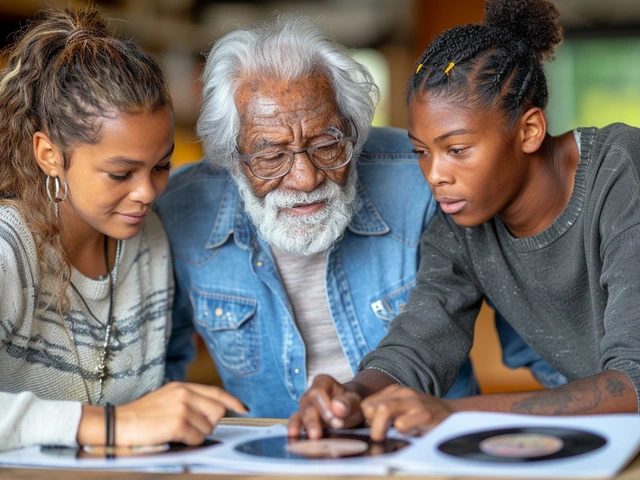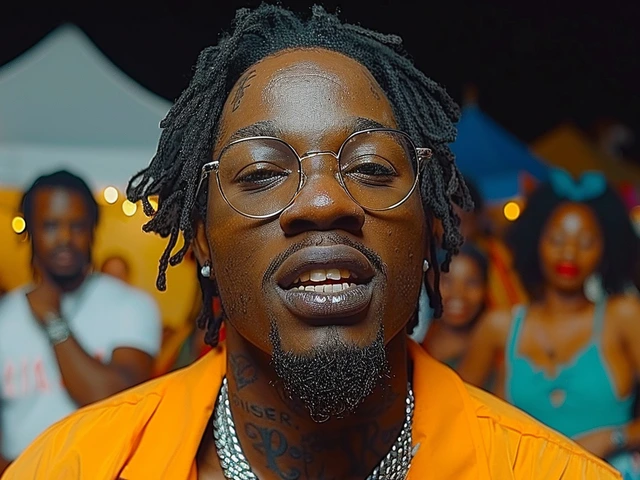Roots and Radicals of Country Music
The country music that we know and love today has a fascinating, multifaceted history which has been swept along in the surges and currents of technological developments. It all started with the hillbilly music of the Appalachian Mountains and the cowboy songs of the American West. These seemingly disparate sounds were blended together in a deeply-rooted stew pot, seasoned with Gospel, Blues, and even some Jazz. Now just imagine having these embraced in the throbbing heart of Southern United States, and voila - country music was born!
Talk about a musical potluck! But like any good dish, country music was slow-cooked, it simmered and stewed, before gaining its recognisable flavour. Trust me, it wasn’t microwaved! Early country artists played on traditional musical instruments like fiddles and banjos, creating a raw, soulful sound that told gripping tales of hardship, love, and the everyday struggles of rural folk. The early country music was pretty much like my Bosco, rough around the edges but filled with personality and charm.
Pickin', Grinnin', and Singin’ to a Gramophone
The 1920s marked a turning point for country music with the rise of recorded music. The invention of the phonograph, or gramophone as it was more commonly called, made it possible for the masses to experience music outside of live performances. Country music pioneers like Jimmie Rodgers and The Carter Family became household names, courtesy of this wonderful machine. People could now dance around their parlours to these tunes, and trust me, they did!
But the gramophone did more than just bring music into homes, it also changed the very nature of country music. Artists could now experiment with their sound, manipulating tempo, echo effects and arrangement to create a richer, more complex musical texture. They could record, re-record, tweak and fine-tune until they were as content as a dog with two tails. Take it from me, that’s a very content dog!
The Magnetic Pull of Tape Recording
Things went on a fast-forward mode in the world of technology after World War II. Among these advancements was the invention of magnetic tape recording. This was like a shot in the arm for country music artists, introducing them to the magic of multi-tracking. Suddenly, they could record different instruments at different times, layer sound upon sound and create a musical jamboree of sorts. This practically took them from the corn field to the concert hall!
No longer did artists have to play all the instruments at once for a recording - gone were the days of one-take wonders. They could devote time to perfect their guitar strings or their vocal cords separately, like meticulously crafting a piece of music akin to painting a masterpiece. Hank Williams and Patsy Cline were just a couple of artists that flourished during this time, their songs since becoming synonymous with the rich tapestry of country music history.
The Invasion of Amplified Sound
Just as I thought country music couldn’t get any better, there came a wave where electric guitars and basses joined the party, thanks to the evolution of amplified sound. Country music got a whole new lease of life, a strut in its step, parking its foot firmly in the mainstream music scene. The raw acoustic sound of yore was replaced by a polished, powerful sonic landscape, with the likes of Johnny Cash riding high on this wave.
This electrified sound undeniably led to what we now know as country rock and outlaw country, two influential sub-genres. They made country music straight up sizzle and buzz, reaching out to a wider audience, from the rolling hills of the Tennessee countryside to the bustling streets of New York City. The magic of amplification gave country music an edge, a boldness that was contagious even for listeners outside of its traditional demographic.
The Digital Native Generation of Country
Jump forward a few decades and we're smack dab in the middle of the digital revolution. Technology has completely transformed the way we consume music. With the rise in digital recording and streaming platforms, country music artists could now reach a global audience. But what does this mean for our dear old country music? Well, it’s like having a dog that suddenly learns to skateboard. You see, country music is performing tricks we never would have thought possible.
Modern country artists, like Carrie Underwood and Taylor Swift, are testament to this evolution. They amplify the accessibility, versatility and reach of country music in the digital age. They are even fusing traditional country elements with pop, rock, and electronic music, creating a hybrid sound that appeals to a globally diverse audience. Trust me, these new country tunes make Bosco wag his tail like crazy, and this is a dog who clearly knows his music!
Into the Future: A Melotonous World
As we further venture into the future, artificial intelligence and virtual reality are the new kids on the tech block that are due to shape the country music. AI, for instance, can analyse and predict listener's behaviour, tailoring a unique country playlist for every individual. Imagine Bosco having his own country tunes playlist; it would mostly be about chasing tails, but still, it’s tailor-made!
The influence of virtual reality on live music experience is another path the evolution of country music might follow. Live concerts in the comfort of the living room or unique, personalized country music videos may soon become a reality, brimming with a taste of the good country life, frolicking dogs included. Technology has truly transformed the face of country music in the past and is set on a trajectory that may change the country music as we know it.
In conclusion, as much as country music is the voice of a cherished past, it is also the rhythm of an evolving present and an exciting future. I reckon this evolution has made country music more resilient and versatile. Like a good wine, it seems to only get better with age. The only question now is, where will technology take country music next? Well, Bosco and I are certainly excited to find out!






Write a comment